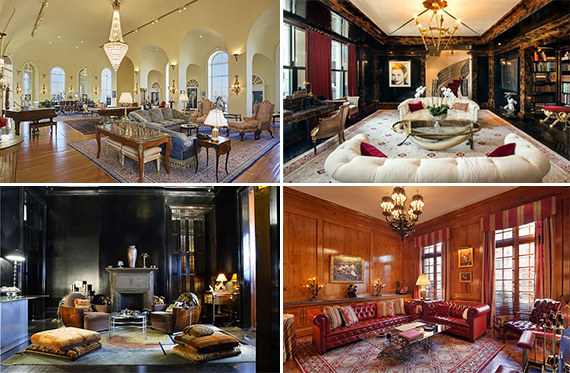Trending
Can’t seem to unload that high-end pad? This may be why
Co-op board hassles, custom decor and “fantasy” prices keep marquee units on the market for years

While potential buyers balk at dealing with interventionist co-op boards or at the lack of coveted amenities, the real problem with long-unsold ultra-luxury units seems simple: grossly-inflated asking prices.
Stock investor and “Winning on Wall Street” author Martin Zweig’s 3,500-square-foot triplex at the the Pierre Hotel first hit the market in 2013. The unit was built from a converted ballroom and 23-foot-high ceilings.
It also has a renovation-resistant co-op board, with rules requiring all-cash sales and union labor for all renovation.
Zweig asked $125 million when he first listed the apartment, but has since cut that in half. The unit is now priced at $63 million, the New York Post reported. That union labor is required and sales are cash-only certainly isn’t helping.
Meanwhile, advertising honcho Ilon Specht has been unsuccessfully marketing his 4,500-square-foot apartment at the Dakota on Central Park since 2006.
The unit has gaudy, 1980s-era decor – “Aesthetically speaking, This Place needs to be ripped apart,” a broker told the Post – and doesn’t offer a coveted Central Park View.
Specht eventually dropped the price to $14.5 million from an initial $19.5 million, but the unit still hasn’t sold.
For all the hassles and complications, experts told the Post that the problem often comes down to unrealistic price expectations.
“[There are] always a certain number of properties that sit on the market with fantasy prices,” luxury broker Donna Olshan, author of the Olshan Report, told the Post, not referring to any specific listing. [NYP] – Ariel Stulberg




